Apple unveils iPhone 16e, with in-house chip that cost billions
The company is installing its long-awaited cellular modem, called C1, a component that took years to develop, in its lowest-priced iPhone.
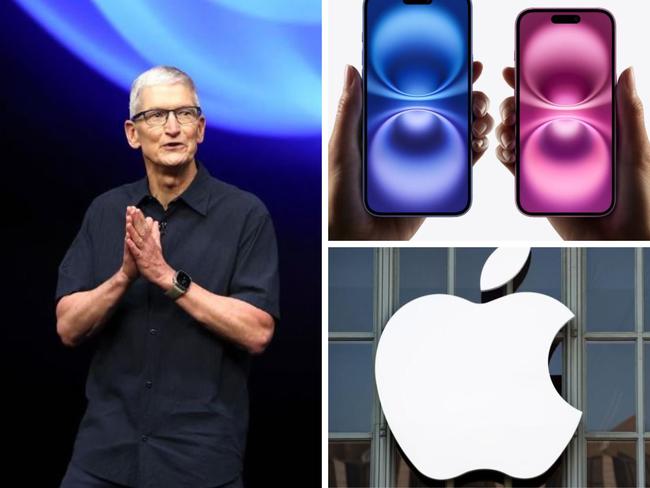
Apple announced the iPhone 16e on Wednesday, an update to a budget-friendly version of its flagship device. The most significant change to the phone will be invisible to users.
Inside the phone is Apple’s first in-house cellular chip - a critical component for smartphones that enables cellular connections. The chip, which Apple dubbed the C1, is a long-awaited next step in Apple’s efforts to make more of its own technology, and especially to wean itself from having to pay billions annually to cellular-chip-maker and rival Qualcomm.
The new iPhone 16e will be available at the end of this month, selling for $US599 ($A950). The 16e is priced at a level consistent with previous generations of Apple’s lowest-priced iPhone, the SE, which was released in 2022 with a starting price of $US429.
The key point
Since the first iPhone SE launched in 2016, the device has been positioned as a more affordable smartphone, one without premium features that Apple can make for less money. Typically, it hasn’t sold in high volumes.
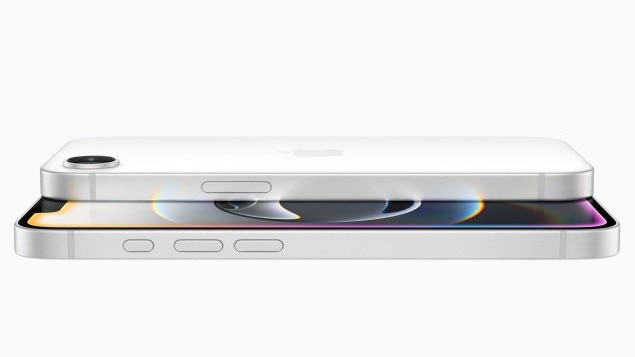
The new iPhone 16e will allow Apple to test out the in-house modem before starting to include it in its primary iPhone models, which typically generate far higher sales and profit margins. The next generation iPhone - which some analysts believe will be the iPhone 17 - is set to arrive later this year.
“This is a test vehicle,” said Edward Snyder, a managing director of Charter Equity Research and a longtime wireless industry expert. “Apple wants to get field data on how well it works before they release it into the iPhone 17.” Snyder expects that 20% of the devices released with the fall iPhone will include the Apple modem. The remaining devices will have cellular chips provided by Qualcomm, Apple’s current chip vendor. If the Apple modem works well enough, Snyder expects that Apple will be completely off Qualcomm chips in around two years.
The significance
The inclusion of Apple’s own cellular modem chip -- what connects the iPhone to cellular telecom networks -- is a major step toward Apple freeing itself of Qualcomm, which it has long regarded as a bitter enemy.
Apple has been reliant on Qualcomm for its modem chips in recent years, but the iPhone-maker has taken issue with the royalties it has to pay to the wireless chip vendor. In 2017, Apple sued Qualcomm over the company’s licensing practices, alleging that the terms to license Qualcomm’s wireless technology were “onerous, unreasonable and costly.”
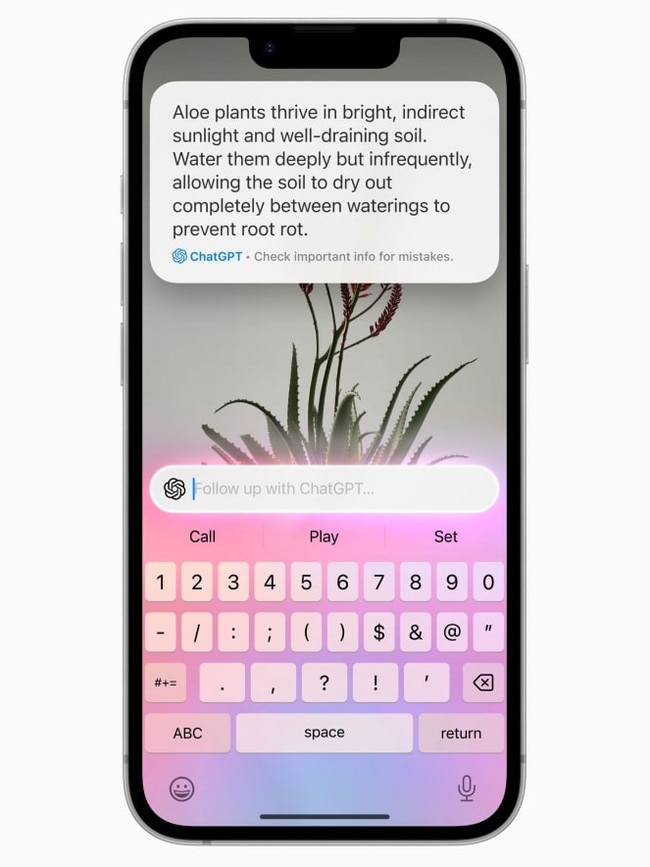
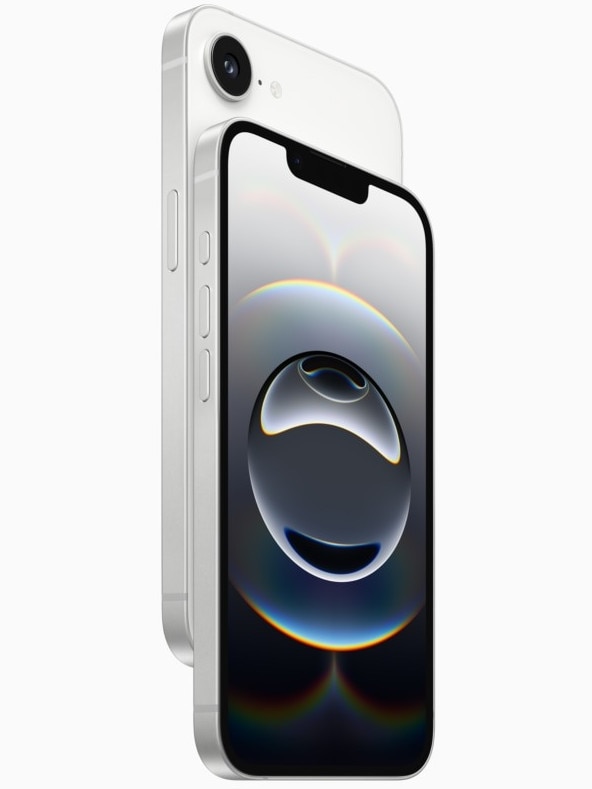
Apple pays Qualcomm for every modem it supplies to a phone, and Apple also has to pay another $5 to $6 per phone for Qualcomm’s wireless licenses, said Snyder. That is potentially billions Apple could be saving every year by going with an in-house wireless chip.
The context
In 2019, the two companies settled the legal battle, but Apple soon after kick-started work on its own modem -- code-named Project Sinope -- with the acquisition of the modem team at Intel, a temporary modem chip partner for Apple. Apple’s chip team struggled to meet internal deadlines for the modem project and found it difficult to match the wireless speeds of Qualcomm’s latest chips, The Wall Street Journal reported in 2023.
For more than a decade now, Apple has excelled in building its own processing chips, which essentially act as the brains of a computer, tablet or smartphone. The company didn’t foresee the challenges of developing a cellular modem, which requires compatibility across different global standards and compatibility with past generations of cellular, such as 3G and 4G.
Even if Apple is able to achieve chip independence from Qualcomm, the iPhone maker will still have to pay the company a licensing fee for its mobile patents. When that moment of independence arrives, Snyder expects Apple will once again go after Qualcomm’s royalty fees. The two companies currently have a licensing agreement until March 2027 -- potentially enough time for Apple to wean itself off Qualcomm chips entirely.
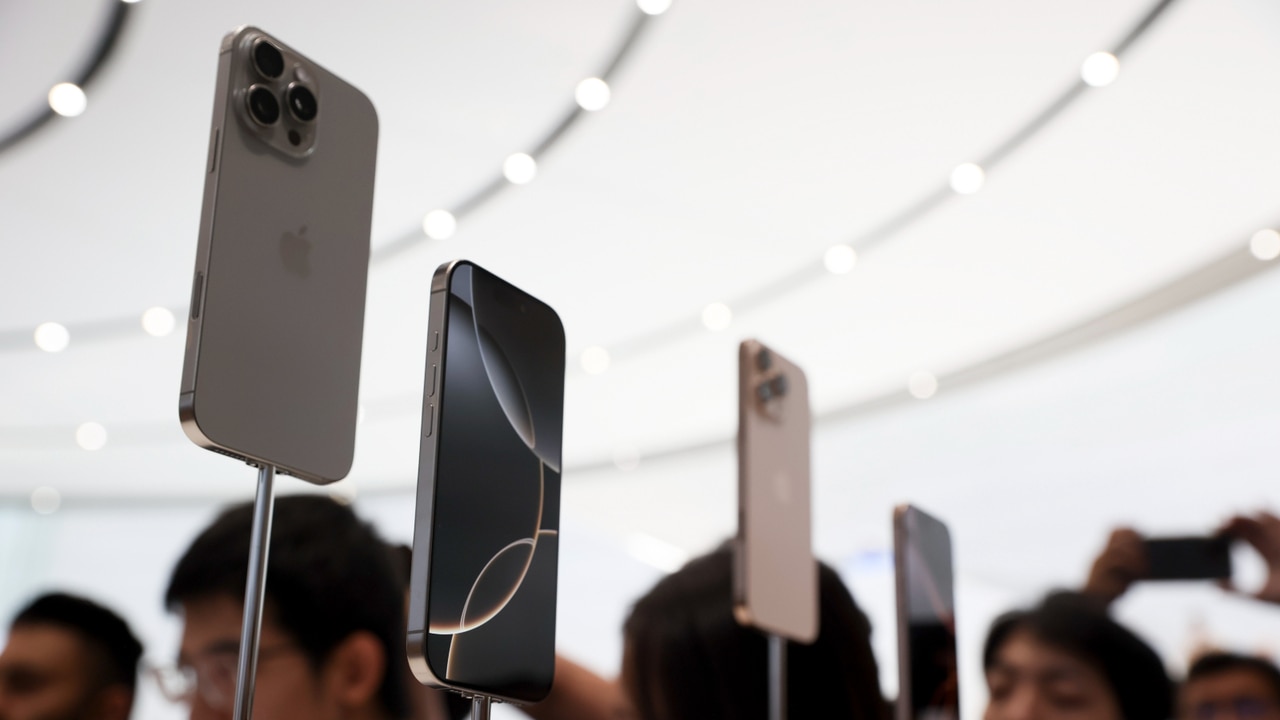
What else is new?
The 16e will bring the final end to the home button, which would unlock a device using a fingerprint reader. The button will be replaced with FaceID, Apple’s facial recognition system.
The device is also compatible with Apple Intelligence, the company’s branding for its new suite of artificial intelligence tools. The new system has been slow to launch internationally and some features have been glitchy.
Still, in Apple’s most recent earnings for the December quarter, executives claimed that the company saw better sales of its recent iPhone 16 models in markets where Apple Intelligence has been launched.
“We think Apple Intelligence gives customers another compelling reason to upgrade,” said Kevan Parekh, Apple’s chief financial officer, last month.
The Wall Street Journal



